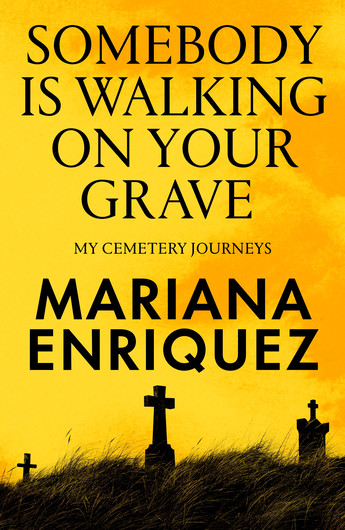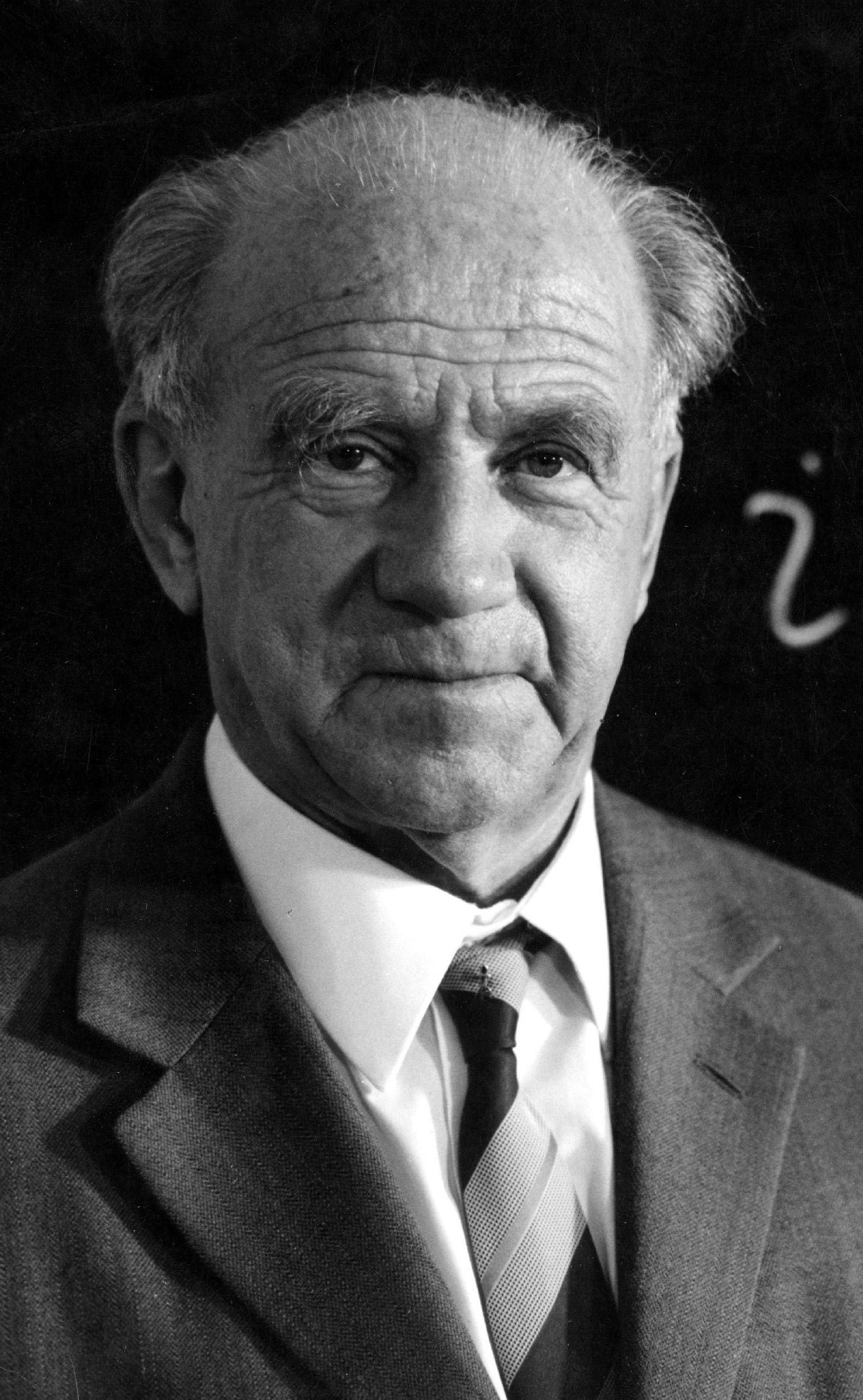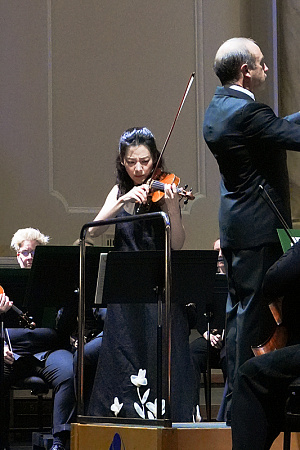Deutsche Grammophon Gesellschaft: The Mono Era, 1948-1957
It is one of the most recognised symbols in the classical-record industry: German graphic designer Hans Domizlaff's crown of stylised tulips that constitutes the colophon (or logo, as we would now say) of Deutsche Grammophon Gesellschaft. Domizlaff sketched out the colophon in pencil on tracing paper in 1949.
By this time, DG was an already venerable recording company (it was founded in 1898), and remaking itself in the international market after the devastation of the war years. By 1949, the label was actually three separate concerns, each of them colour-coded: red for Polydor, with its brighter, more popular repertoire; silver for Archiv, with its more scholarly, mainly Baroque repertoire; and, of course, yellow for Deutsche Grammophon, with its rapidly burgeoning classical repertoire.
Continue reading for only $10 per month. Subscribe and gain full access to Australian Book Review. Already a subscriber? Sign in. If you need assistance, feel free to contact us.











Comment (1)
Leave a comment
If you are an ABR subscriber, you will need to sign in to post a comment.
If you have forgotten your sign in details, or if you receive an error message when trying to submit your comment, please email your comment (and the name of the article to which it relates) to ABR Comments. We will review your comment and, subject to approval, we will post it under your name.
Please note that all comments must be approved by ABR and comply with our Terms & Conditions.